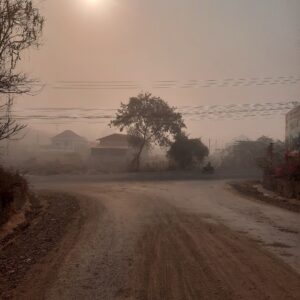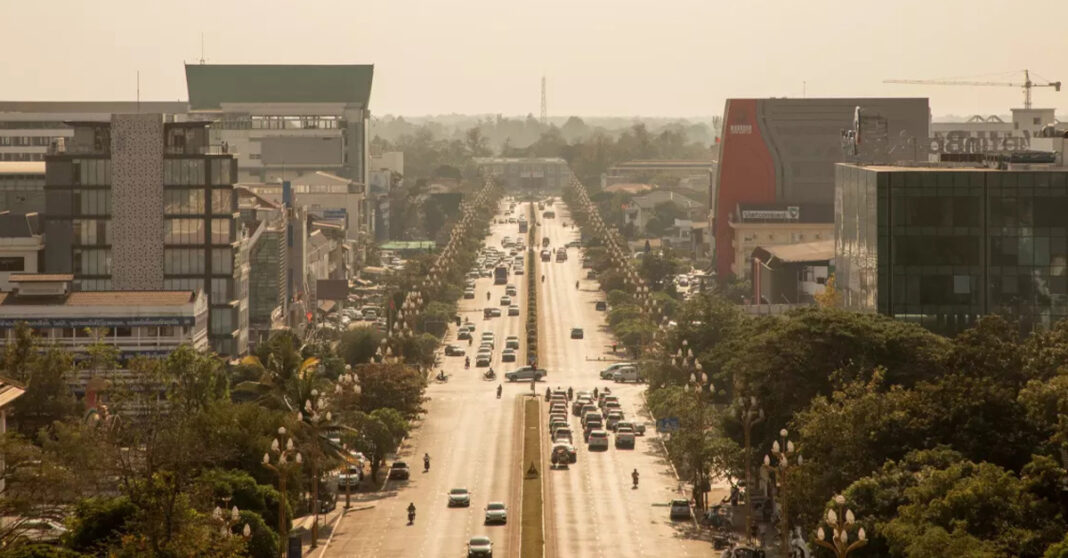The government of Laos has issued warnings about hazardous air pollution, especially concerning high PM2.5 concentrations, which pose significant health risks.
The Ministry of Natural Resources and Environment reported that air pollution levels across the country reached unsafe levels on Monday and Tuesday. The affected areas include Vientiane Capital, as well as the provinces of Luang Prabang, Salavan, Phongsaly, Xayaboury, Xekong, Champasack, and Attapeu.
In Vientiane Capital, the Air Quality Index (AQI) surpassed the safety threshold, reaching 140, while Luang Prabang experienced very unhealthy air with an AQI of 201.
According to the World Health Organization, the main contributors to air pollution in Laos, particularly in Luang Prabang, are stubble burning, wildfires, and slash-and-burn agriculture. These activities are common during the dry season.
Recent videos and photos on social media have shown that the northern provinces of Laos, along with Thailand and neighboring countries, have started their annual field burnings, signaling the beginning of this year’s burning season.


On 2 March, a fire at the Luang Prabang garbage landfill in Ban Lak-8 worsened air pollution significantly, raising health concerns among residents.
Despite efforts by authorities to extinguish the fire, a thick smoke haze continues to spread, accompanied by a strong odor from the burning waste.
A similar incident of a fire at the Luang Prabang garbage landfill occurred in Luang Prabang on 13 February 2023, when flames spread across approximately 5 hectares of waste.
In response to the ongoing issue, Lao authorities are exploring measures to reduce unregulated fires and tackle air pollution. These efforts include raising public awareness about the short- and long-term health risks, hosting climate change workshops, and decentralizing fire management. The government aims to reduce unregulated fires by 35 percent by 2025.



